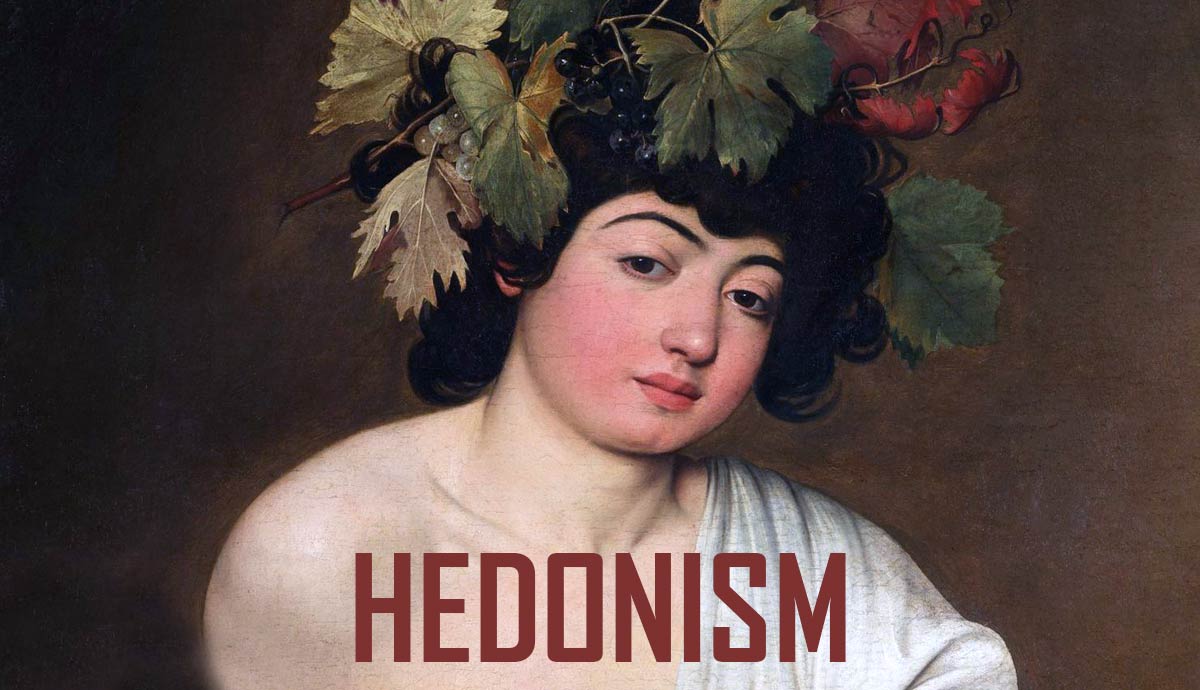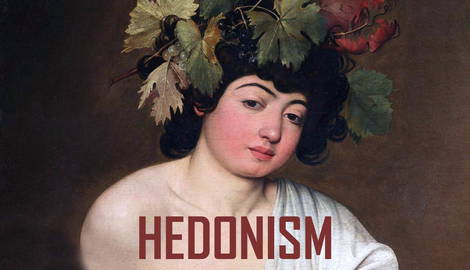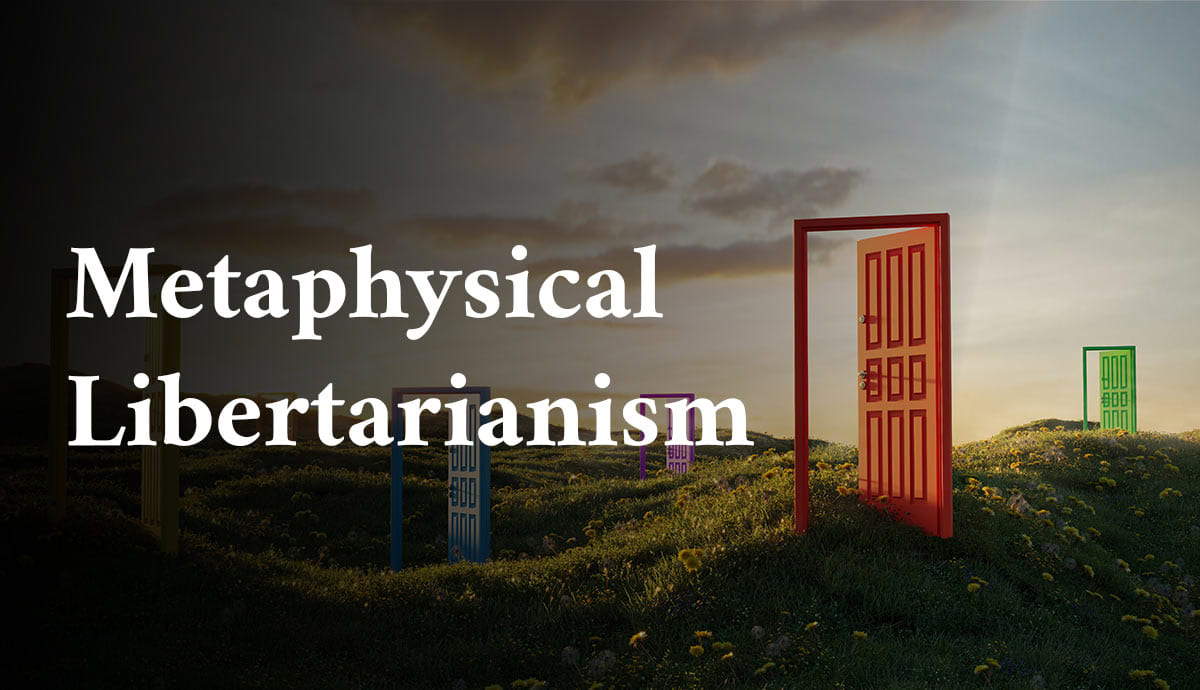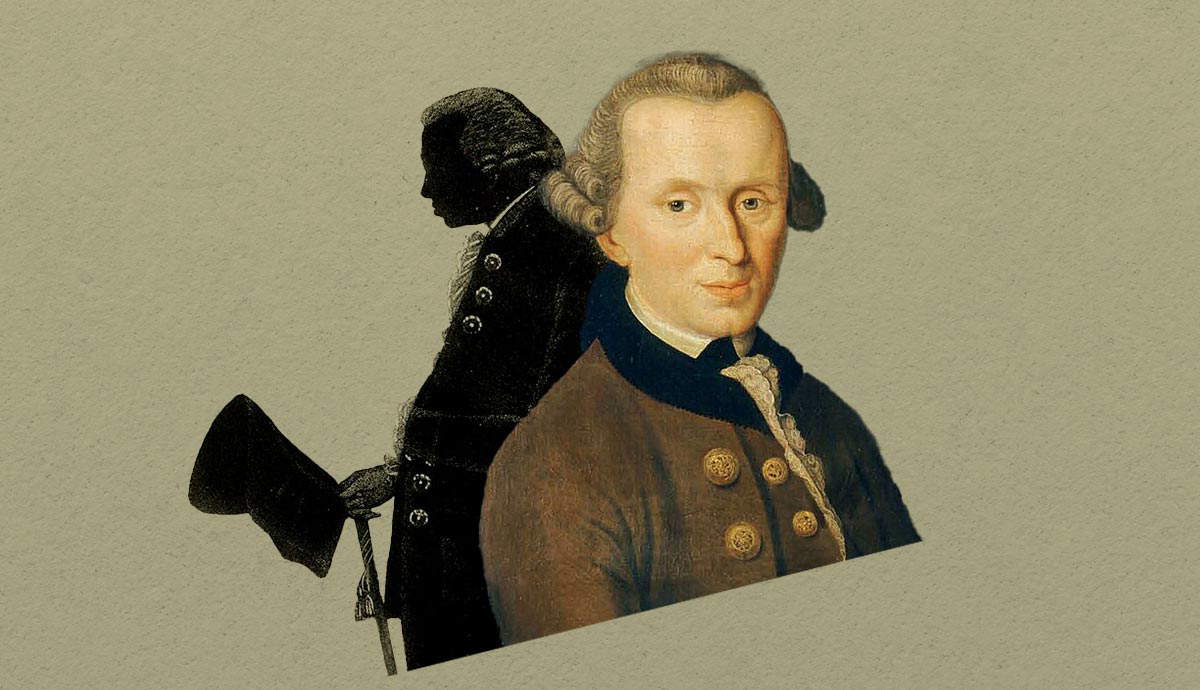
For ages, people have discussed and considered the meaning of hedonism. This idea goes back to ancient Greece, and yet it still causes controversy today. Put simply, it asks whether pleasure is the path to happiness. Although the view has altered over time, at root, it means enjoying yourself. But do we take this to include any kind of enjoyment or only certain sorts (such as eating nice food or going on holiday)? Alternatively, might it be a way of securing overall well-being? Let’s dive deep and explore.
Hedonism: Definition & Origins

Hedonism posits that pleasure and happiness are the ultimate goals in life. At its core, hedonism declares that what renders life valuable is the amount of enjoyment one can squeeze out of it.
There are two main types of hedonism—psychological and ethical. Ethical hedonism maintains that individuals ought to take pleasure as their primary moral aim. Psychological hedonism, on the other hand, is more descriptive. It suggests that human beings tend to pursue pleasure even when they do not explicitly acknowledge doing so.
The roots of hedonistic thought are sunk deep in Ancient Greece. There, thinkers like Aristippus of Cyrene believed physical pleasures should be ranked highest among things considered good.
For Aristippus and his followers (who became known as the Cyrenaics), the immediate gratification each sensual experience brings is what makes life worthwhile. No matter whether one indulges in food, drink, or something else altogether.
Meanwhile, Epicurus, another ancient philosopher, disagreed. He believed the greatest pleasure came not from luxurious living but from feeling worry-free and not desiring unnecessary things.
These ideas were some of the earliest to give rise to hedonism. Many later thinkers found them compelling, too—and still do. They raise questions that are as pertinent now as they ever were. What do we need to make us happy? Can we feel satisfied as well?
We have still not answered these questions definitively: should we try to increase moments of feeling good or take steps that secure an overall sense of contentment? Indeed, the discussion continues.
Epicurus and Moderate Hedonism

Although often associated with hedonism, a philosophy promoting indulgence, Epicurus had a different perspective on pleasure—one that greatly influenced the field and continues to do so. His approach has been called “moderate hedonism.”
Far from believing people should seek every possible pleasure, he thought happiness came from enjoying simple things and not suffering physical or mental pain. Central to his ideas is ataraxia: inner tranquility.
Epicurus argued that the highest form of enjoyment is leading a life free from worry. This does not mean having one big thrill after another but rather feeling content most of the time.
For instance, an evening eating bread, olives, and cheese (but no more than you need) with friends you love is better—and easier to attain—than drinking Dom Perignon alone while watching TV in bed.
Epicurus’s philosophy differed greatly from that of the Cyrenaic school. While the Cyrenaics believed that pleasure from things like physical indulgence was the highest good, Epicurus warned against pursuing short-term pleasures at all costs because they tended to bring even greater pain in their wake.
For instance, someone might feel good after eating too much ice cream but then feel sick. Epicurus taught that we ought to seek out pleasures that bring tranquility and balance over time. This idea continues to influence current trends, such as mindfulness practices or self-care routines.
Aristippus and Cyrenaic Hedonism

Aristippus of Cyrene, who learned from Socrates, started the Cyrenaic school in Greece. It taught a more extreme type of hedonism. The Cyrenaics believed the most important thing in life was moment-to-moment pleasure—and people should try to have as much of it as possible.
They said people should seek instant gratification through enjoyable experiences whenever they can. This might mean eating delicious food, drinking expensive wine, or surrounding themselves with beautiful things.
While Epicureanism teaches that people should aim for moderate pleasure over a long period for peace of mind, Cyrenaics disagreed. They thought waiting for future pleasure was pointless. If something gives you joy right now—such as eating a tasty cake or having an amazing night out—go for it.
Cyrenaic philosophy differs significantly from Epicurean hedonism, prioritizing mental calmness and abstaining from overindulgence. Whereas Epicurus thought feeling good now should not lead to feeling bad later, Aristippus felt people should grab happiness as it comes.
This attitude sounds great: why not have fun whenever possible? Yet its downside quickly becomes clear when following your instincts, which means ping-ponging between highs (after bouts of excess) and lows (feeling sorry for yourself).
Jeremy Bentham and Utilitarian Hedonism

When Jeremy Bentham introduced utilitarianism, he changed hedonism. Instead of believing that everyone ought to maximize their happiness, Bentham proposed that everyone work for “the greatest happiness of the greatest number.”
According to what Bentham called the “principle of utility,” an act (or rule) is morally right if it makes people happy or pleasure and wrong if it makes them unhappy or causes pain.
Bentham also thought both pain and pleasure could be measured, so it is possible to decide which is more important in a given situation. Both kinds of feelings are ways of judging how something feels: being pleased and feeling good are identical, as are being in pain and feeling bad.
For Bentham, the quantity of happiness also mattered along with its quality. This means when judging an action, he would be interested in what type and how much pleasure it produced.
Bentham believed that maximizing happiness meant balancing personal pleasure with the greater good. So, laws, governments, and social policies should aim to boost overall happiness without infringing on anyone’s rights.
For example, giving lots of people an education could be better in the long run than giving a few taxpayers their money back. Bentham’s thinking has influenced discussions of public policy from his day to ours: What do we owe each other as a society—or from the government to its citizens?
John Stuart Mill: Quality vs. Quantity of Pleasure

John Stuart Mill, who followed Jeremy Bentham’s teachings, developed utilitarianism by suggesting that the quality—and not just quantity—of happiness should be considered.
Bentham believed all pleasures were equal, but for Mill, some pleasures were worth more than others on their own merits. An example of this distinction is between enjoying an intellectual activity such as reading a book or having a good conversation with friends (higher) as opposed to simply eating and drinking things you like anyway (lower).
This differentiation between kinds of pleasure was vital to Mills’s ideas. He thought that anyone who had experienced both sorts would see qualitatively higher ones as preferable since they engage your intellect and give rise to feelings of long-term satisfaction.
Mill famously stated: “It is better to be a dissatisfied Socrates than a satisfied pig.” This suggests that one should value the pursuit of a life that includes intellectual challenges and personal development (even if it makes you unhappy at times) over living a superficial existence devoted solely to physical pleasure.
For instance, Mill might say that a scholar who spends years learning gains a more profound type of happiness from this than someone who always seeks out indulgent things like gourmet meals or expensive trips.
In adding this moral dimension to utilitarian hedonism, his view implies that people ought to look for activities and bonds that bring satisfaction for reasons other than moment-to-moment feelings. This insight has proved fruitful ever since.
Modern Hedonism and Its Critics

In our society, pleasure-seeking is frequently associated with consumerism and following the latest lifestyle fads. Whether people are treating themselves to expensive items, exotic trips, or seeking self-worth via social media, they undoubtedly put a premium on feeling good and being satisfied.
Indeed, popular mottos such as “You deserve it” have helped drive a whole wellness industry. They suggest happiness can be bought—as long as you’re buying enough treats.
But hedonism has always had its critics. Take Immanuel Kant, for example. He argued that being moral could not simply mean chasing after pleasures. According to his view, actions need to feel right because they are done out of duty based on a universal principle—not just because they make an individual happy.
Meanwhile, Friedrich Nietzsche thought constantly trying to have fun showed a lack of strength. He believed strong people did difficult things and faced life’s problems rather than looking for an easy time.
These criticisms are important because they make us ask: How far can hedonism go? It feels good to do things you like, but is feeling good all the time what life should be about—or does this question ignore something more important about being human?
Today, some philosophers take a middle road when thinking about hedonism. They say it’s possible to both enjoy yourself and live well in ways that don’t just include having fun. This might mean being responsible, helping others, or developing your own character.
So, What Is Hedonism?

Hedonism posits that pleasure is life’s ultimate aim. It holds that we are happy when we feel good—be it from satisfying hunger, spending time with friends, or seeing a child grow.
There are two ways to see the appeal of hedonism. One is a call to live for moment-to-moment enjoyment. Another suggests we take better stock of what makes us happy over the long haul—and try to have more of those things in our lives.
Today, hedonistic values can be found in everything from luxurious self-care rituals (such as soaking in a hot bath filled with expensive oils) to social media (where friendship often seems equated with gift-giving).
However, some people think an exclusive focus on pleasure leads to shallow lives. They worry that consumers may end up feeling empty because they have neglected relationships, personal growth, or social work for the sake of feeling good.
An up-to-date version would remind us that along with pleasure, we value other things highly, too—such as meaning, close friendships, and sustainable lifestyles. Modern hedonism is about balance.










